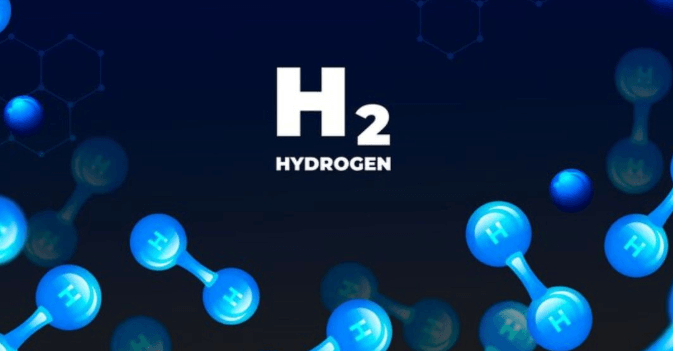Hcooch Ch2 H2o: Understanding the Chemical Formula

The chemical formula HCOOCH, CH2, and H2O encapsulates essential components in organic chemistry. Each part contributes significantly to the molecular framework and reactivity. The presence of the carboxylate group, methylene units, and water indicates a complex interplay of functional groups. This arrangement affects various properties, such as acidity and solubility. Understanding these interactions is crucial for exploring their implications in sustainable practices and innovative applications in chemistry. What further insights can be uncovered?
The Components of Hcooch Ch2 H2o
Chemical formulas serve as a concise representation of the molecular composition of substances. HCOOCH, CH2, and H2O reveal distinct components contributing to the overall chemical properties of the compound.
The HCOO group indicates a carboxylate presence, while CH2 signifies methylene units.
Water, H2O, plays a pivotal role in solubility and reactivity, influencing the molecular interactions and stability of the entire structure.
Analyzing the Chemical Structure
The analysis of chemical structures involves examining the arrangement and connectivity of atoms within a molecule.
This process reveals the nature of chemical bonding and the resultant molecular geometry, which significantly influences the molecule’s properties and reactivity.
Understanding these aspects provides insights into how the structure dictates functionality, allowing for a deeper appreciation of molecular behavior in various chemical contexts.
Functional Groups and Their Importance
Functional groups serve as key indicators of a molecule’s reactivity and properties. They directly influence the chemical properties by determining how a molecule interacts with others.
Each functional group imparts specific characteristics, which can dictate solubility, acidity, and reactivity patterns. Understanding these groups is essential for predicting behavior in various chemical contexts, thus providing critical insights into molecular functionality and behavior in diverse environments.
Reactions Involving Hcooch Ch2 H2o
Examining the reactions involving HCOOCH (formate ester), CH2 (methylene), and H2O (water) reveals essential pathways in organic chemistry, particularly in ester hydrolysis and related transformations.
These reaction pathways facilitate the breakdown of esters into carboxylic acids and alcohols, influencing product formation.
Understanding these mechanisms is crucial for chemists seeking to manipulate reaction conditions for desired outcomes in synthetic applications.
See also Coperewards. Com: How to Earn Rewards Online
Applications in Real-World Chemistry
In the realm of real-world chemistry, the principles surrounding reactions like those involving HCOOCH, CH2, and H2O extend into numerous practical applications.
These compounds find industrial uses in the production of biodegradable plastics and solvents, contributing to sustainable practices.
Furthermore, their roles in chemical processes underscore the importance of evaluating environmental impact, promoting eco-friendly advancements in material science and waste management.
Conclusion
In conclusion, the interplay of HCOOCH, CH2, and H2O exemplifies the intricate dance of molecular components that shapes organic chemistry. This triad not only underscores the significance of functional groups in determining chemical behavior but also holds the promise of innovative applications in sustainable practices. As we delve deeper into these connections, one cannot help but marvel at the elegance of nature’s designs, reminding us that within each molecule lies the potential for transformative change in our world.





